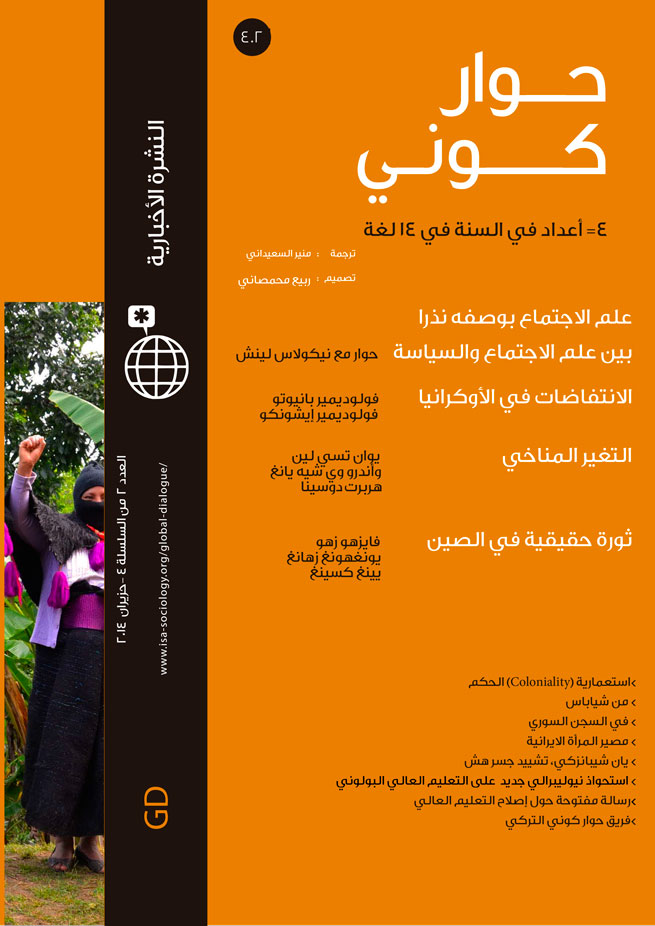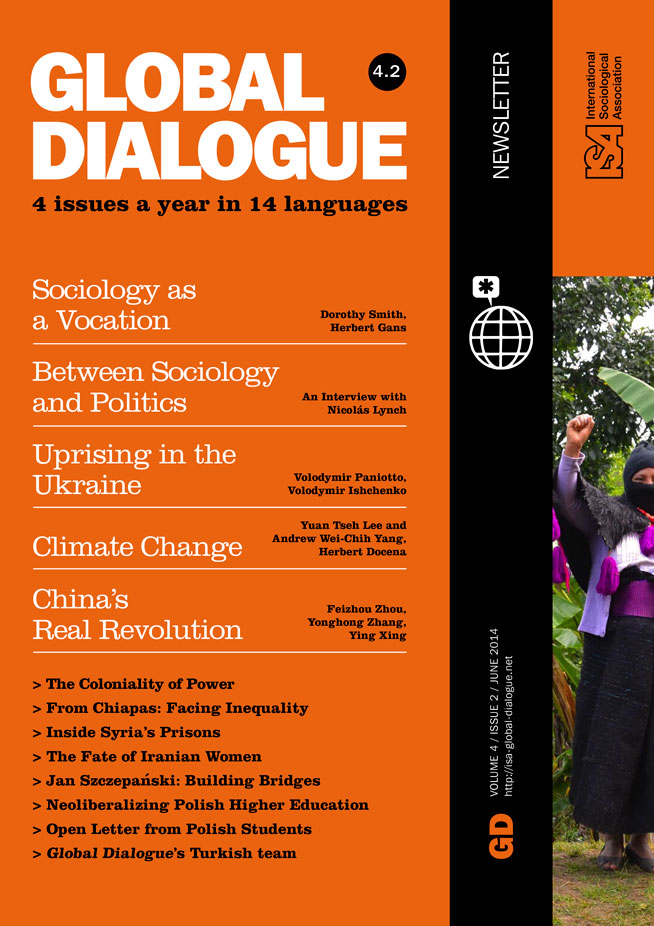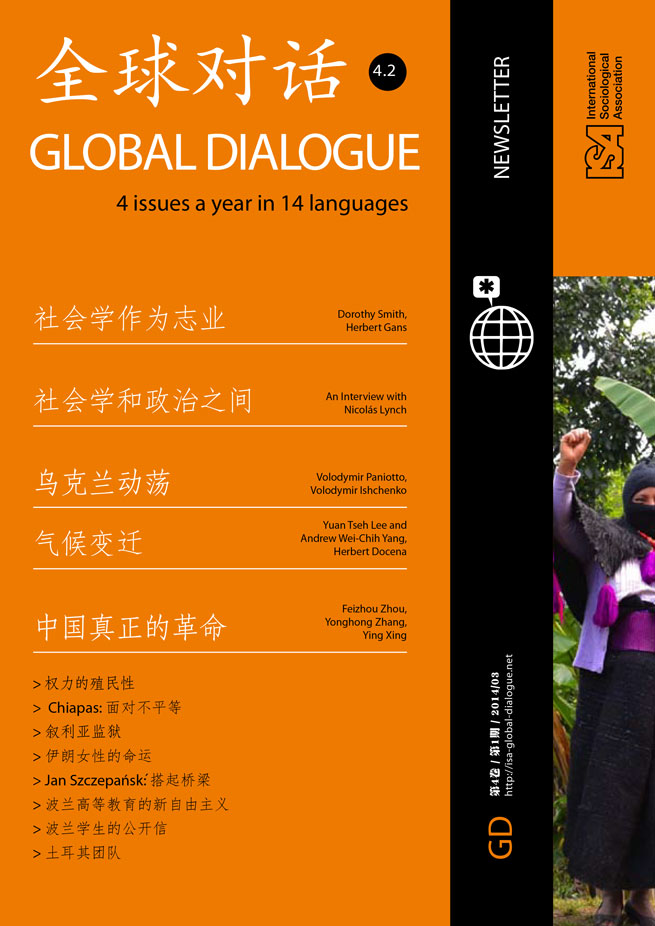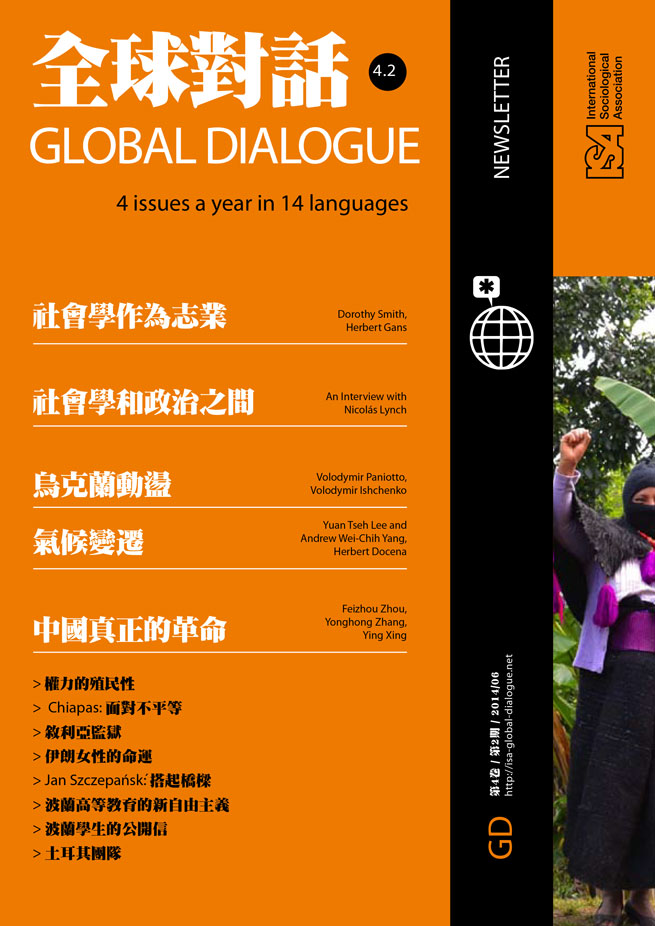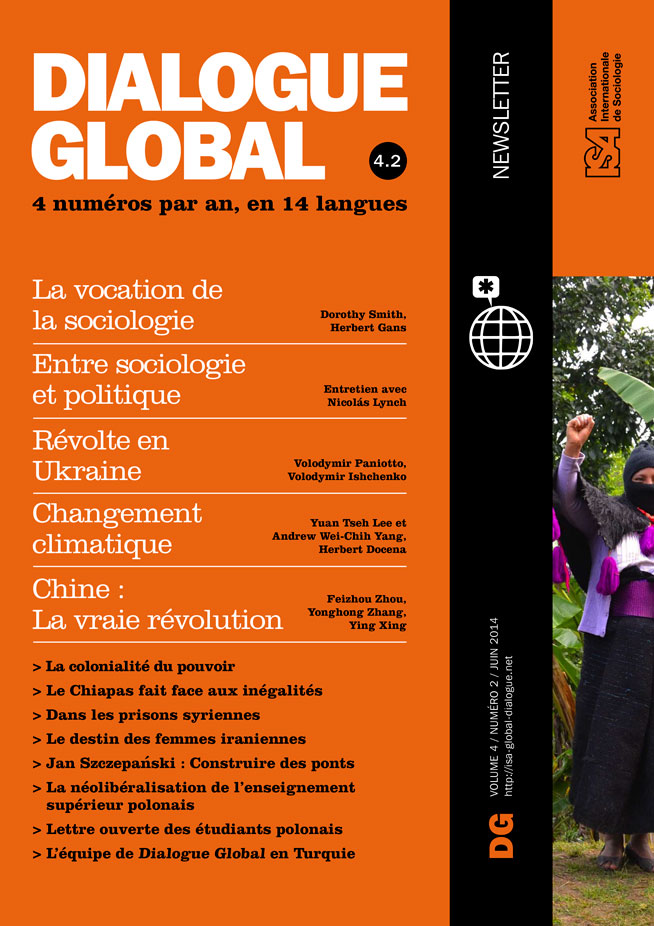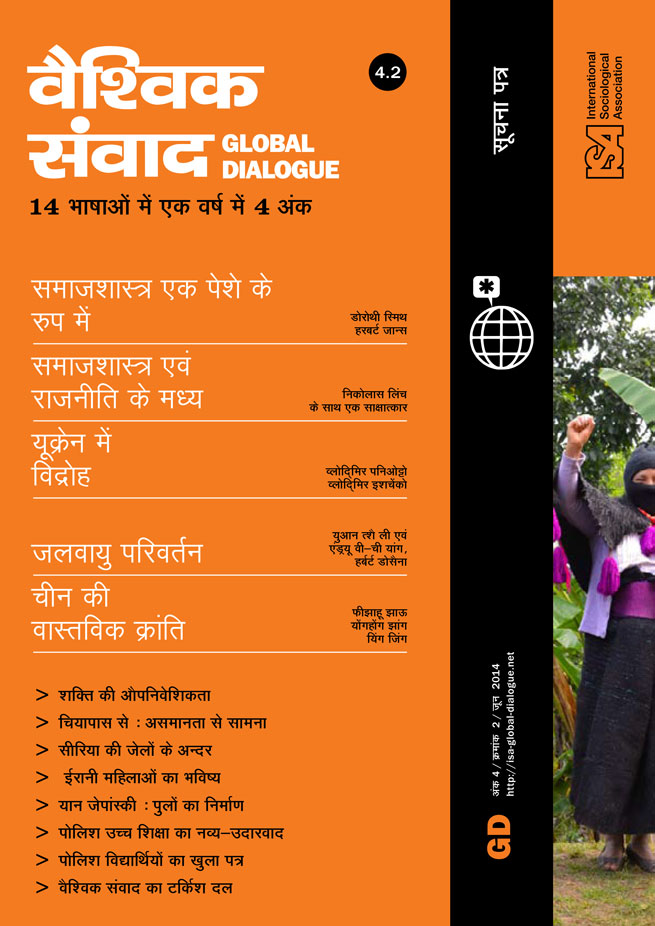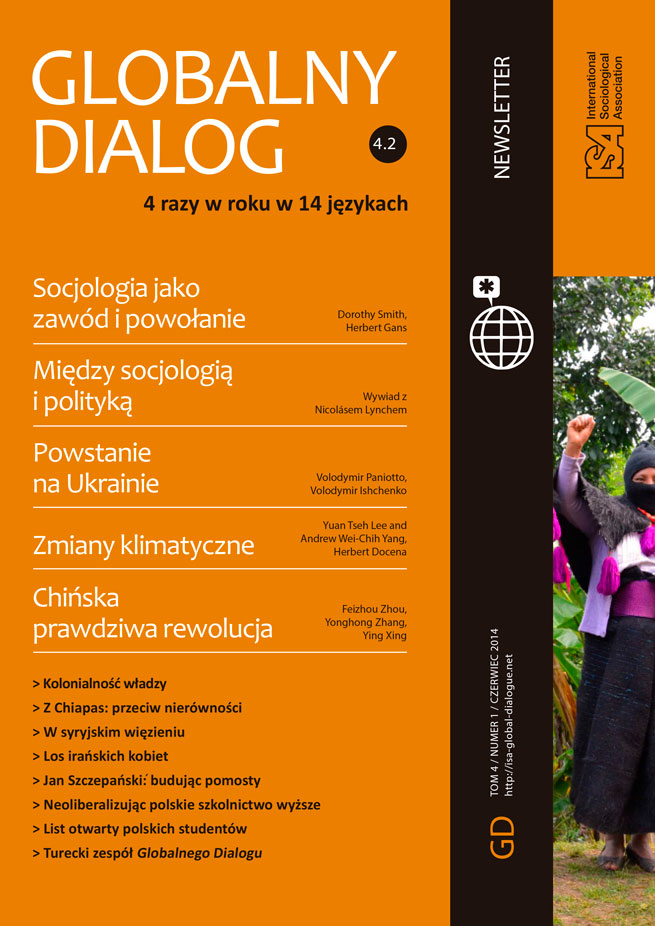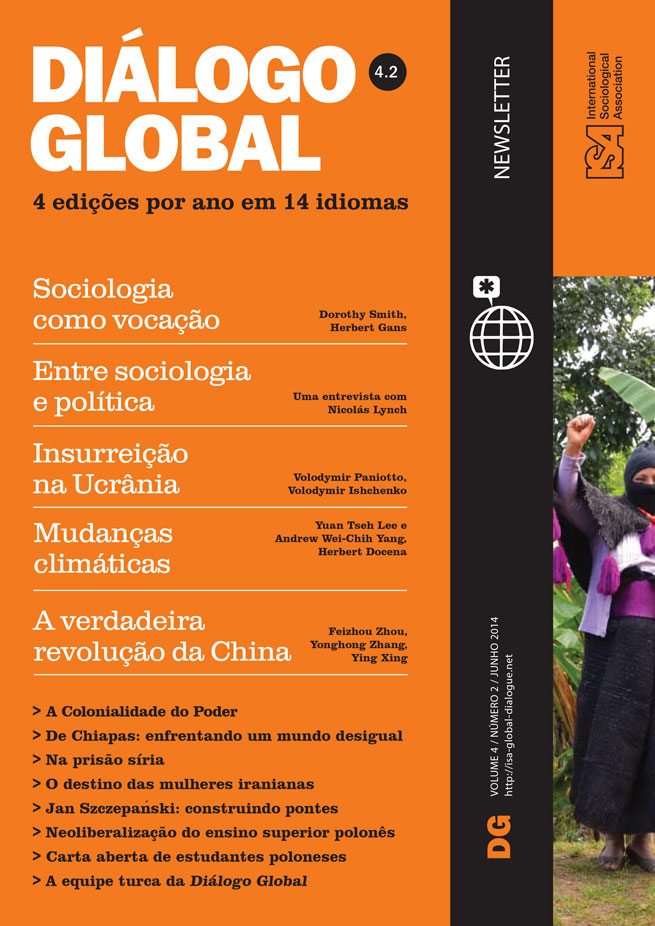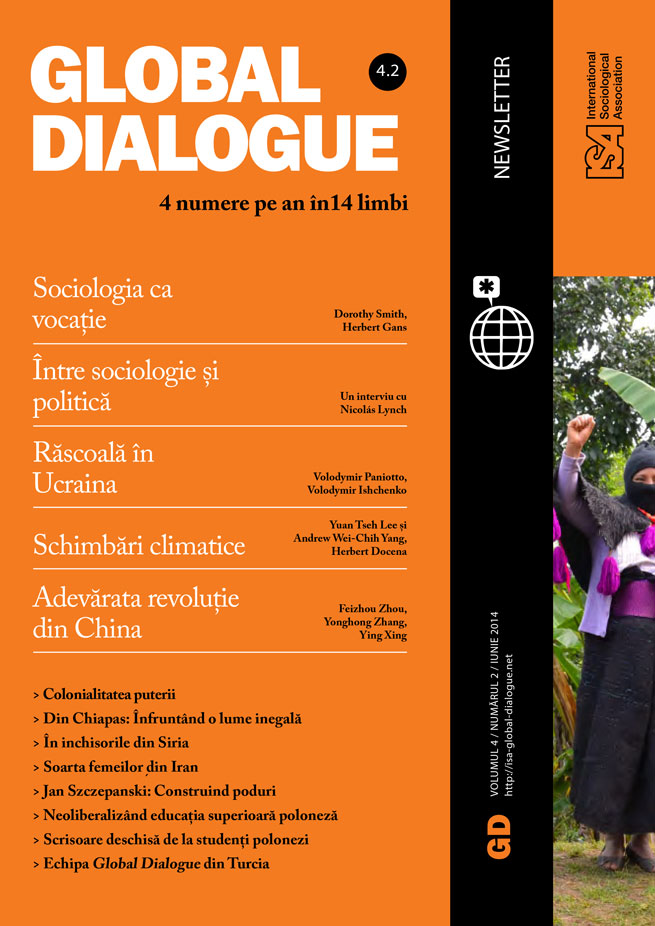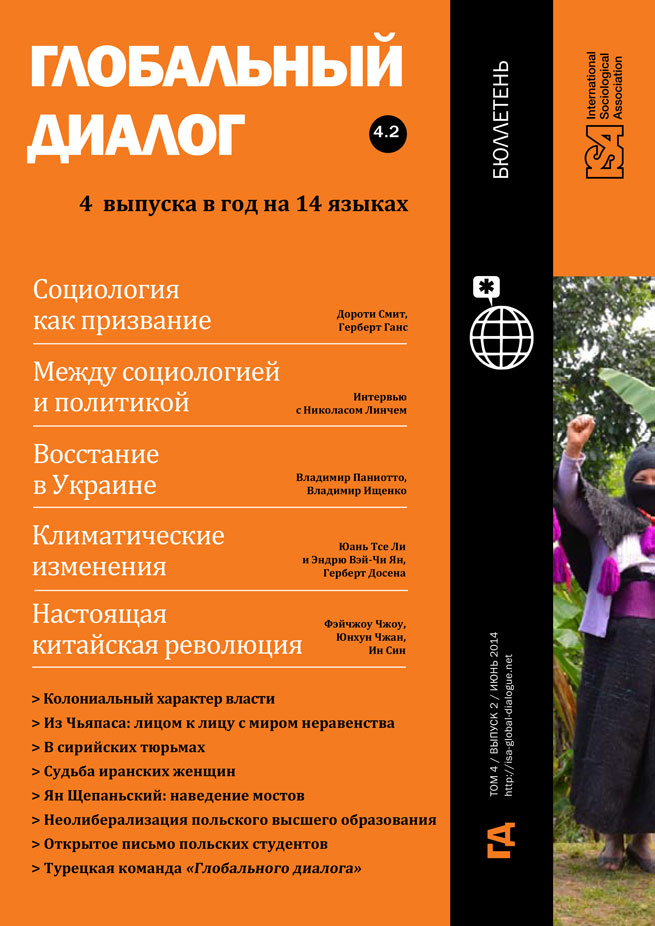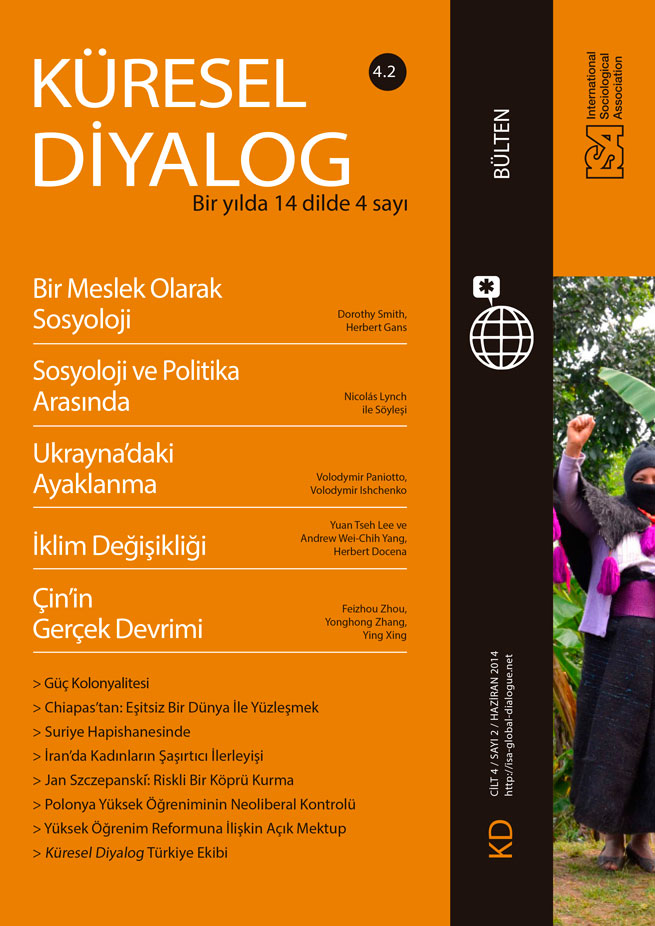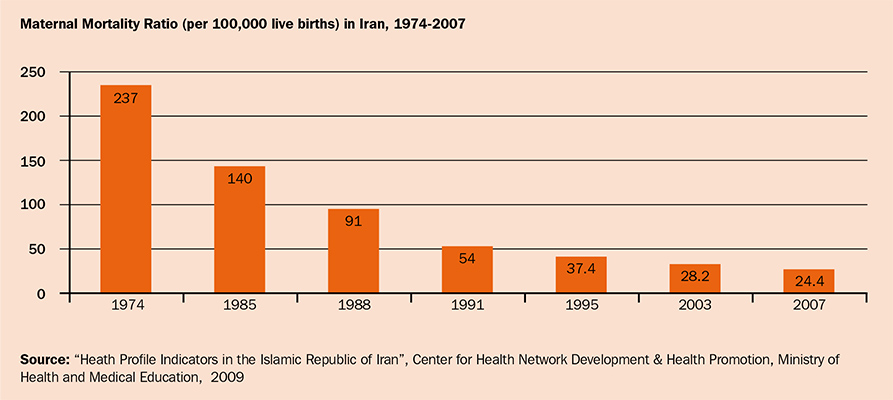Read more about From the Middle East
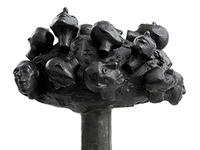
In the Syrian Prison: Disconnected and Desubjectified
by Abdulhay Sayed
May 16, 2014
Iranian society has undergone dramatic socio-political, economic and cultural changes since the Islamic Revolution of 1979, changes that are especially noticeable in new patterns of family, education and urban life.
Just before the revolution in Iran, less than half of the people (47%) were living in urban areas, while according to the last National Census in 2011 the figure had risen to 71%. Over the last 50-plus years (1956 to 2011), the overall literacy rate of urban Iranians has grown from 39.5% to 88.9% while the gender gap in intermediate and higher education has been narrowing dramatically.
According to the formal statistics, around one tenth of the households in Iran are female-headed, and the percentage of women who are single, widowed or divorced is growing fast. However, cultural beliefs strongly work against women’s economic participation in the formal sectors of the economy. Traditional values of gender segregation, such as “men are the main or only breadwinners,” bar women’s easy access to the official labor market with the result that Iranian women’s economic activity rates are still just above 12%, almost the same as before the revolution. This is at odds with women’s flourishing presence in educational spheres today, and, in particular, with the increasing numbers of female university graduates, in a variety of disciplines, for whom unemployment rates are almost double that of men.
Despite such discrimination against female participation in the labor market, women’s higher educational attainments, their increased access to international media, the widening use of information and communication technologies that has brought cultural globalization, and thus their familiarity with new ideas and ideals, lifestyles and multi-cultural values, all these have inevitably brought remarkable changes in younger women’s gender identity.
Younger generations of women have redefined gender identity away from traditional roles of wife and mother, in favor of participating in communal and cultural events as well as economic activities. Entering the “public sphere,” despite cultural barriers, has empowered women and made them financially independent. With their enhanced potentials and capacities these young women make new individualistic choices, leading to new family patterns and lifestyles.
While early marriage (around puberty) was the commonly accepted response to the basic needs of adolescents seeking intimate relationships in a deeply traditional society that actually had not been touched by the modernization policies of the Shah’s era, over the last 50-plus (1956 to 2011) years the mean age at first marriage for women has increased from 18 to 24 years. Over the same period, there has been a gradual decline in the average family size (from 4.8 to 3.5 people), and a drastic drop in average fertility rates from 6 to around 2 births per woman. The overall population growth rate, which was at its highest level (3.91%) in the period of 1955-65, has fallen precipitously to 1.29% in 2011.
Since the revival of family planning program in 1989, the percentage of married women using contraceptives has grown to around 74%. This has reduced the birthrate and the number of unwanted pregnancies and as a result there has been a remarkable decrease in the maternal mortality ratio from 237 (per 100,000 live births) in 1973 to 21 in 2010. The improved health of women is also reflected in higher life expectancy, which grew to around 75 years in 2011.
These socio-cultural changes have contributed to independent spouse-selection, pre-marital intimate relationships, and family breakups. Mate selection now takes place in universities, workplaces, parks, shopping malls, internet forums, chat rooms, on the streets and even during religious ceremonies and rituals, wherever youngsters find spaces to encounter and make friends. Marriage is far less governed by elderly and traditional matchmakers than it was even a decade ago! Unprecedented high rates of divorce (one third of all marriages ended in divorce in Tehran in 2012) have led to a growing number of less common forms of marital relationships such as the non-permanent Islamic (Shiite) form of marriage (Sighe or Mot’e), which is a religious response to the increasing amount of high-risk sexual behaviors, pre-marital and extra-marital relationships.
There is scant national-level research on sexual and reproductive health issues of adolescents and youth, but the evidence at local level shows that the age of first sexual experiences has fallen to teenage years for boys and girls. Furthermore, non-conventional relations have led to so-called “high-risk behaviors” that expose youngsters to sexually transmitted diseases such as HIV/AIDS – all compounded by changes in recreational lifestyles and leisure activities that encourage the consumption of modern narcotics and alcohol easily accessible at cheap prices on the black market. Occurring in a country where none of these activities are allowed by religion or by law, these trends have alarmed both families and officials.
Shirin Ahmad-Nia, Allameh-Tabataba’i University, Iran
This issue is not available yet in this language.
Request to be notified when the issue is available in your language.
If you prefer, you can access previous issues available in your language:
